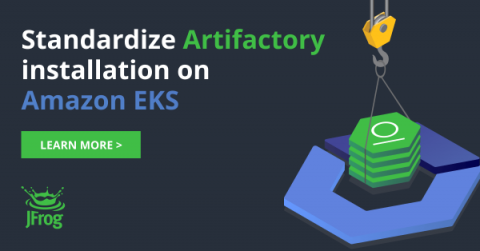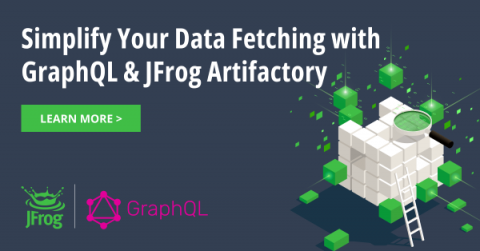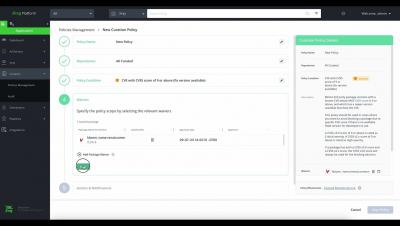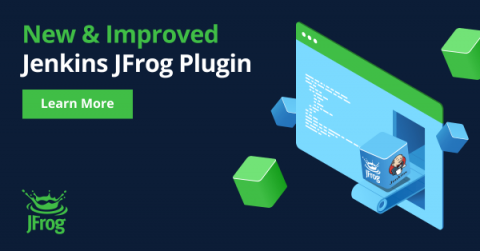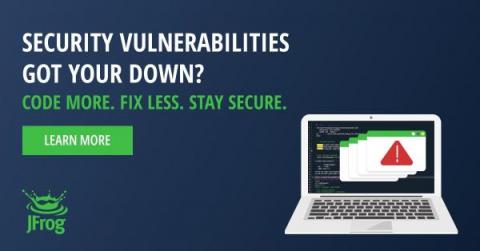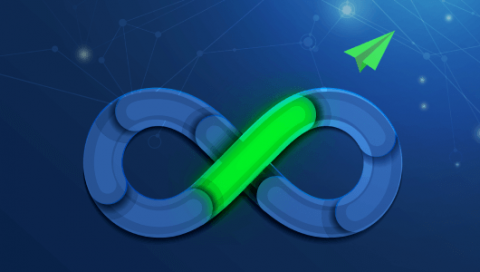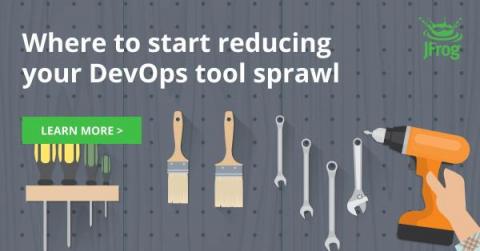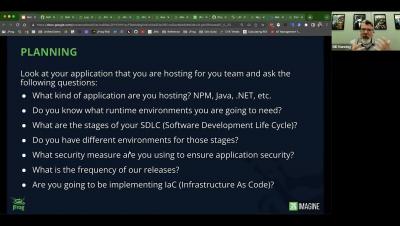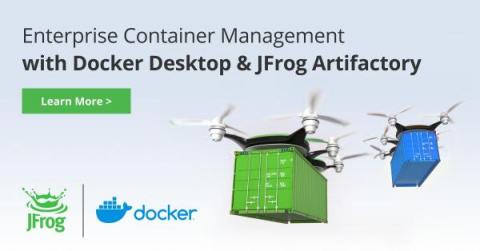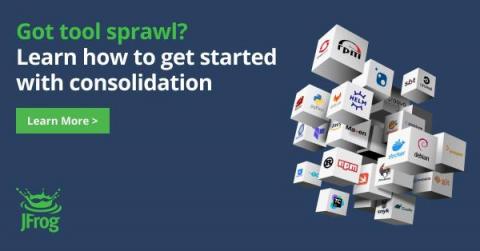A Guide to Installing the JFrog Platform on Amazon EKS
Amazon Elastic Kubernetes Service — or Amazon EKS — is a managed service that enables you to run Kubernetes on AWS without having to manage your own Kubernetes clusters. The JFrog Platform is available on AWS, making it super simple to deploy applications reliably and predictably, scale them quickly, roll out new features easily, and make the most of hardware resources.


